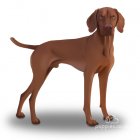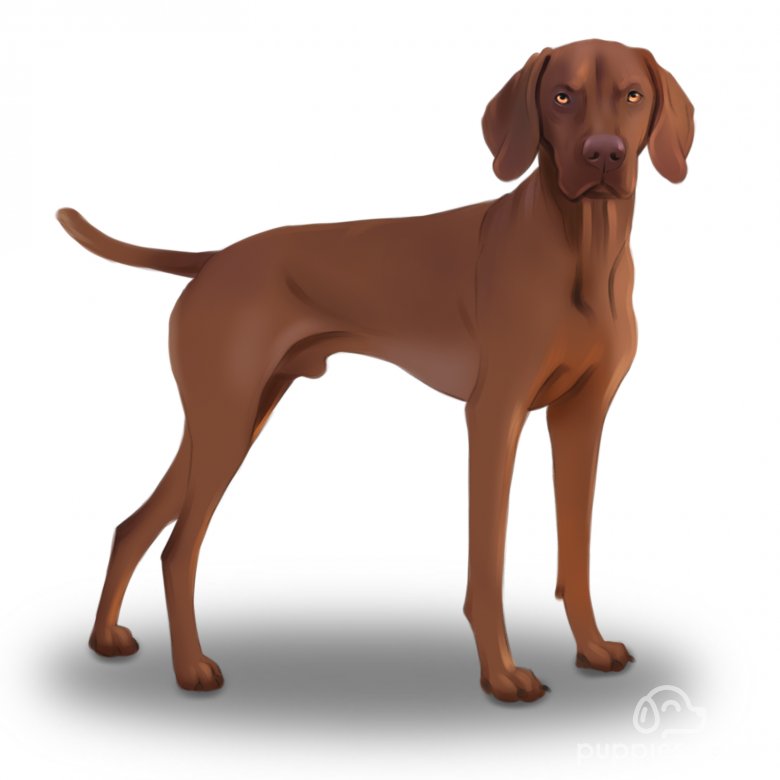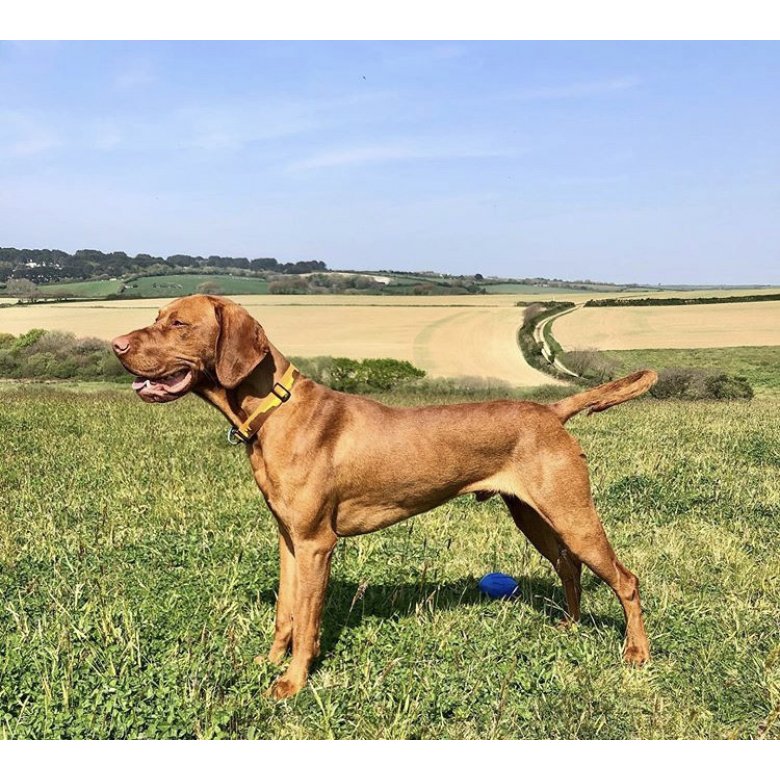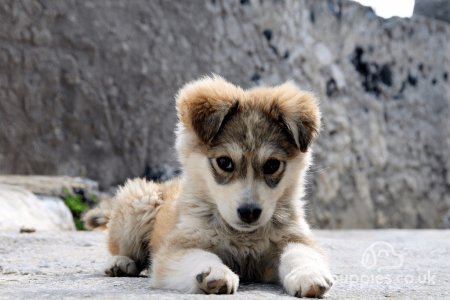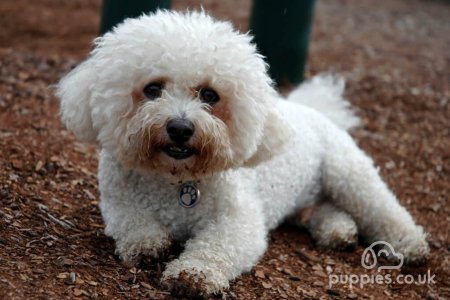Whereas some pointer breeds don’t make the best companions in domesticated households, the noble and handsome Hungarian Vizla has made the transition seamlessly. This large gundog pointer breed strikes a superb balance between its hunting and pointing roots and its newfound popularity as a loving, loyal, and affectionate lifelong companion. In addition to their harmonious and elegant appearance, especially as puppies when they’re as cute as can be, Hungarian Vizslas demonstrate a lively and friendly temperament that help it form a strong, loving bond with owners and their families. There are many great benefits to purchasing a Hungarian Vizsla puppy, not the least being their versatility and their intelligence.
Why Hungarian Vizslas are Great
Some highlights of Hungarian Vizslas:
Grooming: this breed doesn’t require much grooming and doesn’t shed much.
Child-friendly: Hungarian Vizslas get along well with children of all ages.
First-time owners: this breed is an ideal choice for first-time owners.
Companionship: affectionate and loyal, Hungarian Vizslas create strong loving bonds with owners and their families, particularly when well-raised as puppies.
Versatility: this breed is just as well adapted to its natural inclination to be a hunting dog but fits in perfectly in homes as a domestic pet as well.
Things to Consider when Looking at Hungarian Vizslas for Sale
Some downsides to the Hungarian Vizsla:
Energetic: Hungarian Vizslas require frequent exercise and aren’t the best choice for owners living less active lifestyles.
Sensitivity: this breed is highly sensitive and needs to be handled with care.
Stubbornness: as with many intelligent dog breeds, Hungarian Vizslas can show signs of stubbornness or less willingness to obey commands.
Training: this breed can be difficult to train, so frequent repetition and plenty of patience will be required.
History of the Hungarian Vizsla
The exact origins of the Hungarian Vizsla are debated, with some evidence showing that the breed or its predecessor was used for hunting purposes by the early Magyar settlers in what is now modern Hungary. Alternative arguments point to the modern Hungarian Vizsla’s roots dating back no longer than the 20th century. If the former argument is true, this breed predates many of the pointers from Continental Europe. If the latter is true, the breed is a relatively recent addition to be recognised. In the 14th century, russet gold-coloured Hungarian Vizslas are attested to for falconry, further lending credence to the former argument. Since falconry was reserved for the aristocratic and noble classes, this breed became quickly favoured in Hungary and Eastern Europe by wealthy landowners on account of its superb characteristics. Vizsla numbers dropped significantly during the numerous devastating wars that afflicted Hungary throughout the centuries, but it’s luckily been reversed thanks to Hungarian emigration and the increased interest in this breed outside of its native country.
Appearance
Lean yet defined, strong yet slender, and refined yet distinguished are all characteristic of the Hungarian Vizsla. This breed’s appearance embodies its versatility as both a revered hunting dog as well as its gentle domesticated side. It’s often difficult to distinguish Vizslas from other dog breeds such as Weimaraners, Rhodesian Ridgebacks, and Redbone Coonhounds. There is no single unique feature that immediately sets them apart, but rather a combination of features that make it authentically Vizsla through and through. Their gold-coloured coat of fur is always complemented by their reddish noses, and they can be differentiated from similar-looking breeds by their slightly smaller, leaner physique.
How big is the Hungarian Vizsla?
Hungarian Vizslas are medium/large-sized dogs. Males grow on average to 56–64 cm in height, whilst females can grow up to 53–61 cm high.
How heavy is a Hungarian Vizsla?
Fully-grown adult male Hungarian Vizslas weigh between 20-30 kg on average, whilst females weigh between 18-25 kg.
What colour is the Hungarian Vizsla?
Hungarian Vizslas have the following commonly-accepted coat colours:
Russet Gold;
Dark, Sandy Gold;
The Kennel Club of Great Britain recognises Russet Gold, but small white patches on the chest, throat, or toes are acceptable.
Temperament
Hungarian Vizslas are famed for their well-mannered, kindly disposition towards owners, their families, and even strangers provided they’ve been properly socialised. They are loving, affectionate companions that get along well with children and are ideal puppies for first-time owners. While the previous description may make them seem tame and soft, Hungarian Vizslas have not forgotten their roots as robust and versatile hunters. Therefore, this breed is able to point and retrieve with ease and many take to swimming quite avidly.
Do Hungarian Vizslas make good guard dogs?
This breed is a good choice for a watchdog, but it can also serve as a loyal guard dog if trained to do so. They don’t tend to be aggressive, however.
Do Hungarian Vizslas bark a lot?
Hungarian Vizslas don’t tend to bark too often, although barking may be common if they aren’t trained properly as puppies.
Are Hungarian Vizslas easy to train?
This breed can be trained easily, but it can also develop bad habits just as easily. Persistent training with a gentle yet authoritative approach will go a long way towards ensuring that Vizsla puppies grow into obedient adults.
Are Hungarian Vizslas playful?
This breed is more playful than most other breeds, particularly as puppies. They love playing and will play with children and other dogs when permitted.
Are Hungarian Vizslas good with children?
Hungarian Vizslas are known to get along well with children of all ages. Naturally, younger children should be supervised to ensure that the Vizsla isn’t behaving inappropriately.
Are Hungarian Vizslas good with other pets?
Hungarian Vizslas tend to get along well with other dogs. Feline pets may need to be gradually introduced to Vizslas, however, but they can get along just fine with proper socialisation. Smaller pets such as rodents may encourage chasing and likely won’t get along well with this breed.
Can I leave a Hungarian Vizsla alone?
This breed can tolerate short periods of isolation, but generally dislikes being left alone altogether. As an intelligent breed, Hungarian Vizslas can find their way into cupboards to help themselves to snacks or engage in destructive behaviour if neglected.
Do Hungarian Vizslas like water?
Generally, Hungarian Vizslas love to swim and are quite good at it. As puppies, they should be introduced to the water slowly and carefully. They also enjoy being on boats.
Health
How long do Hungarian Vizslas live?
Generally, Hungarian Vizslas are expected to live anywhere from 9-15 years.
How much exercise does a Hungarian Vizsla need?
This breed requires significant exercise in order to remain physically and mentally stimulated. Budget at least two hours per day of outdoor activity. A brisk walk in the morning and an hour’s worth of playtime at the park or in the yard will go a long way towards tempering this breed’s mischievous side.
What are Hungarian Vizslas’ common health issues?
This breed is prone to a few common hereditary health issues worth noting, including:
Epilepsy;
Lymphosarcoma;
Skin allergies;
Food allergies;
Hip dysplasia.
Care
How much space do I need for a Hungarian Vizsla?
Although Hungarian Vizslas are versatile and can adapt to many environments, they fare best in large homes with gardens. Small, confined spaces such as apartments are unsuitable for this breed.
What should I feed my Hungarian Vizsla?
Fully-grown Hungarian Vizslas should eat 2 to 3 cups of high-quality dog food every day, divided into two meals. Young puppies can be fed a little less, but nevertheless, their diets should be monitored and adjusted according to their exercise levels and to avoid overfeeding.
How much grooming do Hungarian Vizslas need?
A big advantage of the Hungarian Vizsla is its low grooming requirements. This breed requires weekly brushing, but frequent bathing isn’t necessary unless he’s dirty. Vizslas tend not to have a foul odour common to many other breeds.
Do Hungarian Vizslas shed?
As a short-haired breed, Hungarian Vizslas don’t shed much hair. Some regular house cleaning ought to remove most dead hairs in combination with frequent brushing.
Average Costs
How much does it cost to keep a Hungarian Vizsla?
As a rough guide in pricing: Cost to buy: roughly £600-3,000 for a well-bred Hungarian Vizsla puppy Other costs (Vet, Food etc): £110-140 per month
Specific Buying Guide
You can read our general buying guide here, with the most important thing being going to view your Hungarian Vizsla puppy, seeing it with its mother, and checking the quality of the breeder. More specifically, here is some Hungarian Vizsla puppy buying advice:
Pay attention to the tails of Hungarian Vizsla puppies. Docked tails are prohibited altogether in Scotland and are prohibited in England and Wales without a valid, documented reason for which the puppy’s tail has been docked. Also be on the lookout for banded tails. Banding is an illegal practice in the UK and can carry heavy fines and prison time.
Hungarian Vizslas consistently rank amongst the top 50 most popular breeds in the UK, according to the Kennel Club. With such widespread popularity comes fraudulent and unscrupulous behaviour. Be on the lookout for scams online and from questionable sellers. Unethical breeding practices aren’t worth the risk, so be prepared to spend a little more and purchase a Hungarian Vizsla puppy from a reputable seller that adheres to Kennel Club breeding standards.
Other Reading, Adopting Hungarian Vizsla Puppies and Rescue Organisations
A big thank you to the following sources who helped to shape this article: Kennel Club of Great Britain: https://www.thekennelclub.org.uk/services/public/breed/display.aspx?id=2038 Federation Cynologique Internationale: https://www.fci.be/Nomenclature/Standards/057g07-en.pdf Dogell: https://dogell.com/en/dog-breed/vizsla https://www.vizslarescue.org.uk/ https://hungarianvizslawelfare.org.uk/






